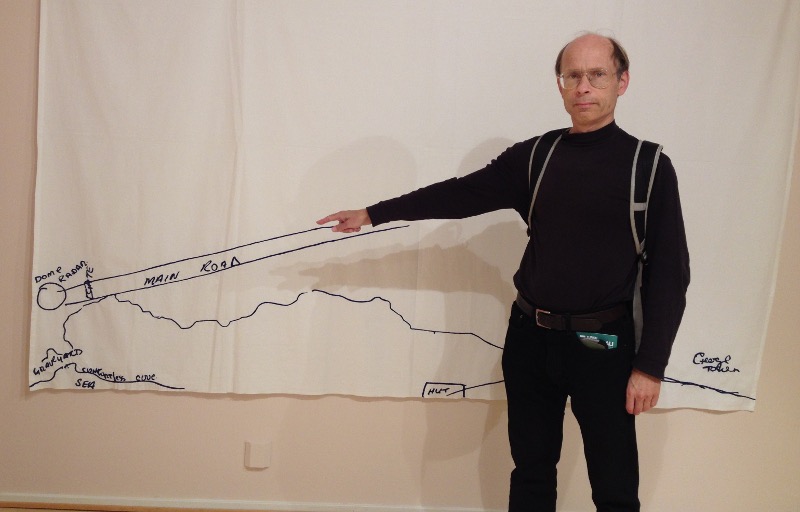
Mailing Address:
NOAA Global Monitoring Laboratory
325 Broadway R/GML
Boulder CO 80305-3328
Phone: 303-497-4888
Email: eric.j.hintsa@noaa.gov

I am the lead scientist for the UAS Chromatograph for Atmospheric Trace Species (UCATS), a lightweight and compact two-channel gas chromatograph with additional capabilities for ozone and water vapor. This instrument was designed for operation on unmanned aircraft systems (UAS) but has also flown on other platforms, such as the NSF/NCAR GV and the NASA DC-8. I work on aircraft field projects to study atmospheric composition, dynamics (transport), and climate processes. Besides field work, I am involved with instrument design, building, and repair; data analysis, archiving data, and publication of results; and coordination and collaboration with the Water and Ozone group within the Global Monitoring Laboratory (GML) of NOAA as well as other colleagues in the NOAA Chemical Sciences Division and GMD.
My academic training was in the field of chemistry, and I received my Ph.D. in physical chemistry in 1989. I began work in atmospheric science as a postdoctoral researcher and scientist with Dr. James Anderson, working on water vapor, ozone, and stratospheric transport, primarily on a series of missions on the NASA ER-2 aircraft in the 1990’s. After working as a research scientist at the Woods Hole Oceanographic Institution, and as a Program Director for Atmospheric Chemistry at the National Science Foundation, I came to NOAA in 2009.
Since then, I have participated in the HIPPO and ATom projects to study the distribution, chemistry, and transport of atmospheric trace gases over the Pacific ocean from the NSF GV aircraft and the Pacific and Atlantic with the NASA DC-8, respectively. The ATom project is ongoing, with circuits over the ocean planned for winter 2017, fall 2017, and spring 2018. From 2010-2014, I operated the UCATS instrument on the NASA/NOAA Global Hawk UAS from California and Guam during GloPac and the Airborne Tropical TRopopause EXperiment (ATTREX). Highlights of ATTREX include the use of trace gases to determine the origin and transport of air in the Tropical Tropopause Layer (TTL), and observations of ozone over the tropical Pacific. Recent reports have suggested a region of extremely low ozone and possibly low concentrations of the hydroxyl radical over the western tropical Pacific, which could lead to the transport of short-lived halogen compounds (primarily organic bromine compounds) into the stratosphere, where they break down and destroy ozone. Results from ATTREX, which are nearing publication or already published, provide new evidence on ozone and bromine distributions, and the transport and chemistry of these compounds in the tropics.